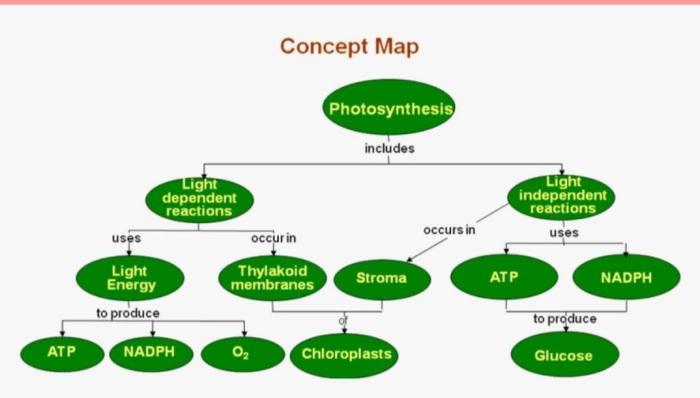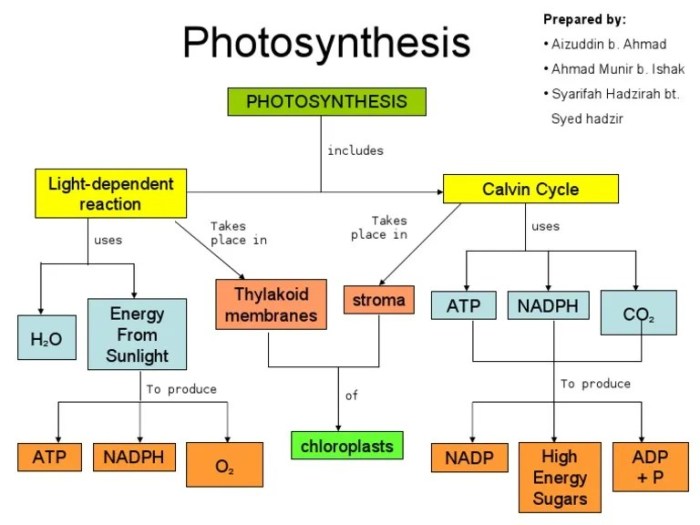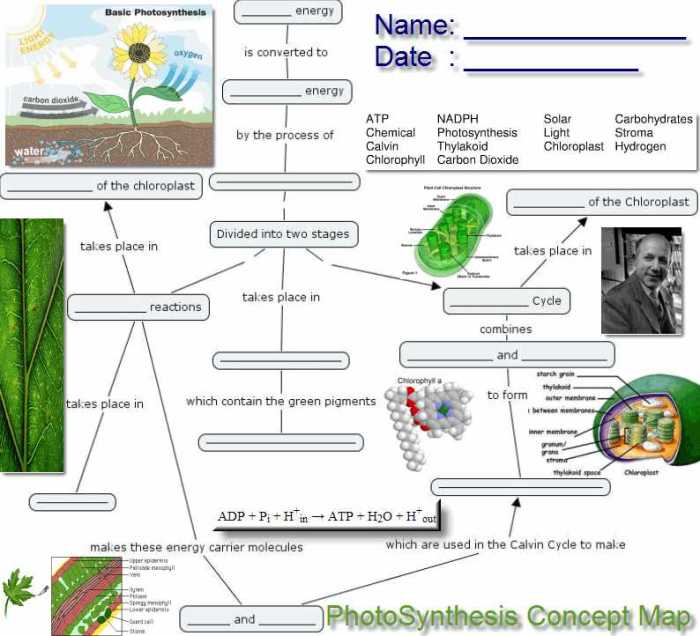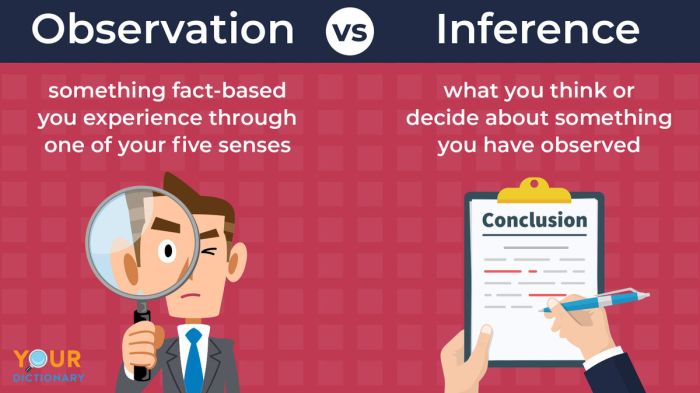Practice Photosynthesis Concept Map Answer Key: A Comprehensive Guide provides an in-depth understanding of photosynthesis through interactive concept maps and engaging practice questions. This guide empowers students to grasp the fundamental concepts and intricate relationships involved in photosynthesis, fostering a deeper comprehension of this vital biological process.
The concept map visually represents the key concepts and their interconnectedness, allowing students to visualize the complex interactions within the photosynthetic process. The practice questions, ranging in difficulty, challenge students to apply their knowledge and reinforce their understanding.
Photosynthesis Concept Map

Concept maps are valuable tools for organizing and understanding complex scientific concepts like photosynthesis. They provide a visual representation of the key concepts and relationships involved in the process.
Below is a visual representation of a concept map for photosynthesis:

Key Concepts and Relationships, Practice photosynthesis concept map answer key
- Photosynthesis is the process by which plants and other organisms convert light energy into chemical energy, which is stored in the form of glucose.
- The reactants in photosynthesis are carbon dioxide and water, while the products are glucose and oxygen.
- Photosynthesis takes place in two stages: the light-dependent reactions and the Calvin cycle.
- The light-dependent reactions occur in the thylakoid membranes of chloroplasts and use light energy to produce ATP and NADPH.
- The Calvin cycle occurs in the stroma of chloroplasts and uses ATP and NADPH to convert carbon dioxide into glucose.
Practice Questions

The following practice questions assess students’ understanding of photosynthesis:
- Explain the role of chlorophyll in photosynthesis.
- Describe the difference between the light-dependent and Calvin cycle reactions.
- How does photosynthesis contribute to the cycling of carbon and oxygen in the environment?
- What are the limiting factors of photosynthesis?
- How can humans impact the rate of photosynthesis?
Answer Key: Practice Photosynthesis Concept Map Answer Key

- Chlorophyll is a green pigment that absorbs light energy from the sun. This energy is used to drive the light-dependent reactions of photosynthesis.
- The light-dependent reactions occur in the thylakoid membranes of chloroplasts and use light energy to produce ATP and NADPH. The Calvin cycle occurs in the stroma of chloroplasts and uses ATP and NADPH to convert carbon dioxide into glucose.
- Photosynthesis contributes to the cycling of carbon and oxygen in the environment by taking in carbon dioxide and releasing oxygen as a waste product.
- The limiting factors of photosynthesis are light, water, carbon dioxide, and temperature.
- Humans can impact the rate of photosynthesis by altering the availability of these limiting factors. For example, providing additional light or carbon dioxide can increase the rate of photosynthesis.
Classroom Implementation

The concept map and practice questions can be used in the classroom to support student learning in a variety of ways:
- The concept map can be used as a visual aid to help students understand the key concepts and relationships involved in photosynthesis.
- The practice questions can be used to assess students’ understanding of photosynthesis and to identify areas where they need additional support.
- The materials can be used to supplement lectures, discussions, and other classroom activities.
FAQ Explained
What is the purpose of a concept map in photosynthesis education?
Concept maps provide a visual representation of the key concepts and their relationships in photosynthesis, aiding students in understanding the complex interactions involved in this biological process.
How can practice questions enhance photosynthesis learning?
Practice questions encourage students to apply their knowledge of photosynthesis, reinforcing their understanding and identifying areas for improvement.
What are the benefits of using an answer key for practice questions?
An answer key provides immediate feedback, allowing students to self-assess their understanding and address misconceptions.
